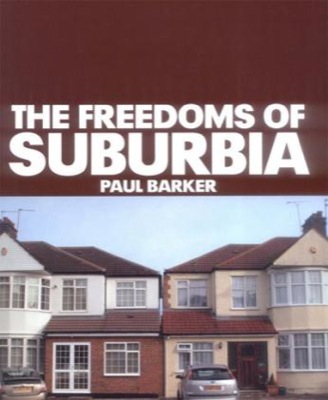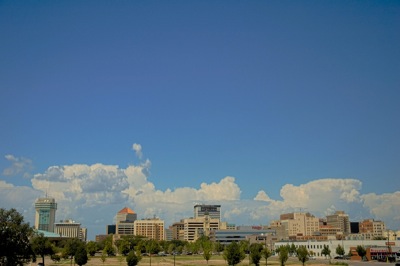Guest post by Charles Marohn
There is no question that the greatest force that shapes the form of American cities is transportation. And, since the National Defense and Highways Act of 1956, the federal government has dictated that the country’s transportation system would be based almost exclusively on the automobile. While we won’t overlook the improved standard of living and prosperity this has created, we do argue that we have long since crossed the threshold of diminishing returns on this approach. If America is to have true prosperity going forward, we need to reexamine our transportation investments and the land use pattern they induce and choose approaches that pay a higher rate of return.
America’s cities of the industrial era are sometimes romanticized by the ill-informed. While “efficient†from a pure land-use standpoint, these were not places of prosperity for the masses. Living conditions were horrid by today’s standards, with poor sanitation and environmental quality leading to rampant disease and high mortality rates. No American today would desire to live in such a place.
There were two groups of people, however, that avoided the urban suffering of the industrial era. The first was the wealthy, who could live on larger properties in and on the outskirts of town and, during the most suffocating times for one’s health, could escape entirely to the countryside. The second were farmers. While a tough life, farmers avoided what Thomas Jefferson called the “pestilence to the health†found in the city.
Continue reading →









